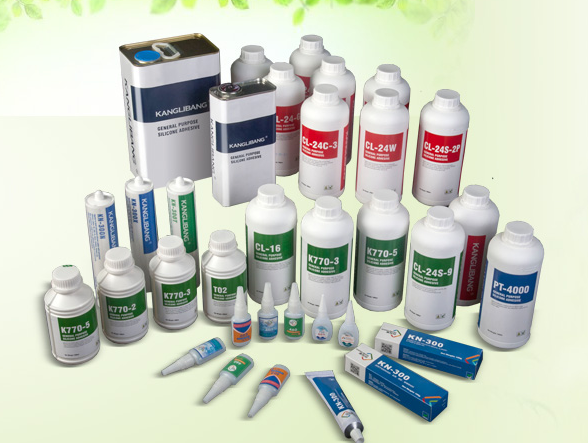How are silicone kitchenware products bonded?
28 Jan 2021
How are silicone kitchenware products bonded?
Silicone kitchenware products are mainly used in household, restaurant, hotel kitchen and other scenes. Silicone and kitchenware products are very hot in the market. Because of their environmental protection and durability, they will become more and more popular in the future. So, how are silica gel kitchenware products bonded? With what glue?

The common bonding process of silica gel factory includes normal temperature bonding process, liquid silica gel cladding process and high temperature hot bonding process.
Next, Xiaobian uses the previous bonding case experience to share:
(1) Liquid silicone bag nylon process _CL-26AB adhesive nylon glue, suitable for silica gel spoon, silica gel shovel, silica gel brush, silica gel bowl and other kitchenware products.
First AB glue ratio and then mixing, and then the nylon substrate surface treatment, cleaning off the dust after the glue spraying on it, bake at medium temperature for 10-15 minutes, (the day to complete the bonding), the unvulcanized silica gel and the substrate high temperature die-casting or hot air vulcanization bonding molding can be.
(2) room temperature (manual) bonding process _KN-300 room temperature curing adhesive, suitable for silica gel gel, sticky metal kitchenware products, such as silica gel lunch boxes, crisper boxes, silica gel egg beaters, etc.
First clean the surface of the substrate with alcohol, and then apply glue to the adhesive surface of the substrate, the thickness is less than 1mm, the silica gel and adhesive substrate pressure together, fixed position for half an hour to guard against shift, and dry at room temperature for 24 hours to cure.
(3) high temperature thermal bonding process _KL-301AB adhesive silica gel special adhesive, suitable for silica gel strip, silica gel tube mutual adhesive kitchenware products. Such as silica gel water bottle, silica gel fresh lunch box, etc.
The same with the above liquid silicone coating process is that the ratio is first mixed and then stirred. The difference is that this glue should be placed under vacuum decompression and degasing after mixing evenly, and then coated on the substrate to be bonded and sealed. It is heated at high temperature of 170°C for 10-15 seconds, and then solidified into a silicone soft body.
The above content is the three commonly used bonding process, bonding steps of kitchenware products, now know how silicone kitchenware products bonding molding?







